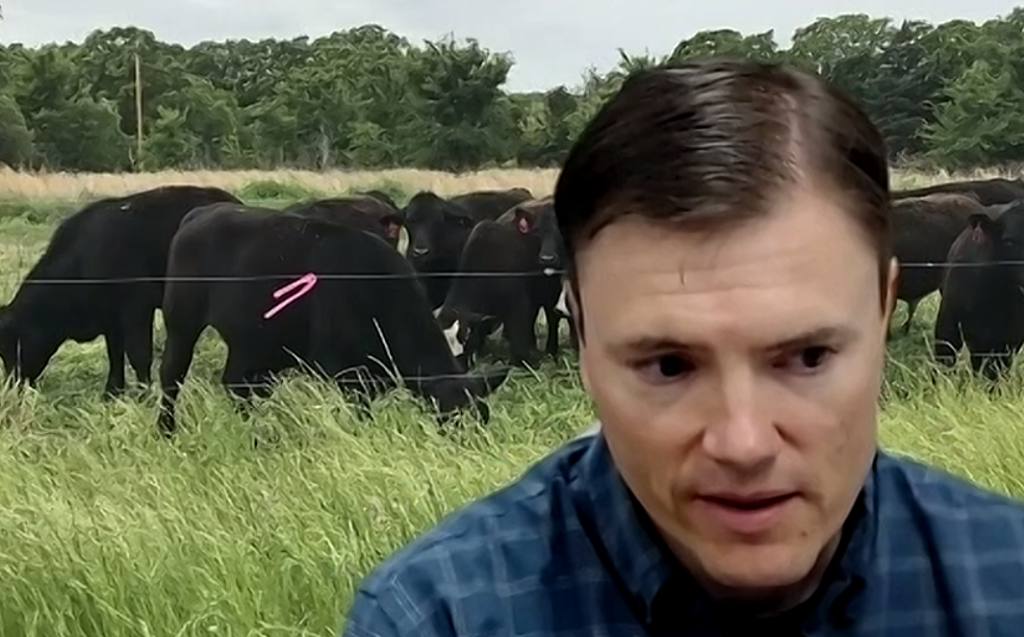
Farm Director KC Sheperd is talking with Noble Research Institute agricultural consultant, Steven Smith, about the upcoming Essentials of Regenerative Ranching courses coming up and about the importance of regenerative ranching.
This new in-person program offers a two-day course in several different locations on a few different dates throughout Oklahoma, Kansas, and Texas.
With plenty of conflicting information, it may be hard for ranchers to know where to begin when it comes to improving the health of soil and livestock. The upcoming conferences will talk about how to be a better steward of the land, while also focusing on profitability.
“What we are going to do is walk them through the six soil health principles, the four ecosystem processes, and then we will touch on some basic bookkeeping,” Smith said. “It is pretty surprising how many people think their glovebox is their accountant, but they need to be a little more precise than that.”
Producers will discover what limiting factors may be holding them back from achieving their agricultural goals, Smith said, and they will also talk about the basics of grazing management.
“We will spend the majority of the next day in the field,” Smith said.
These conferences offer information to aid those who are new to regenerative ranching, Smith said, but they will also hold value for those who have been practicing regenerative ranching for decades.
“I think anybody from any experience level could enjoy this course,” Smith said.
Smith also explained what regenerative ranching is and why it is important.
“Regenerative ranching in agriculture is the process of restoring degraded soils based on ecological principles,” Smith said. “Basically, we are using mother nature, and we are not working against her. We are using what she has developed over millions of years to our advantage.”

Practicing regenerative ranching, Smith said, can actually reduce the cost of inputs such as fertilizers.
“We don’t need all those expensive extras, and that in itself will save the producer some money,” Smith said.
The most important thing producers can do to practice regenerative ranching, Smith said, is to evaluate their goals and resources. It is also critical that the type and number of livestock they have on a property is appropriate.
“Make sure that it fits their lifestyle and their time and their economic and finances,” Smith said.
Smith said just because it might make sense on paper does not mean it will also make sense with a person’s life and family goals.
“If you are just getting started, pick an area where you can start small, where if it does go wrong, it is okay, and it is not the end of the world, and you can expand from that,” Smith said.
There will be a virtual follow-up Zoom meeting 30 days after the course, Smith said, that will allow participants to talk about how they have been utilizing regenerative ranching on their own operations and discuss their experiences with other participants.
To see dates, how to register, and to read more information about the upcoming Essentials of Regenerative Ranching events, click here.














